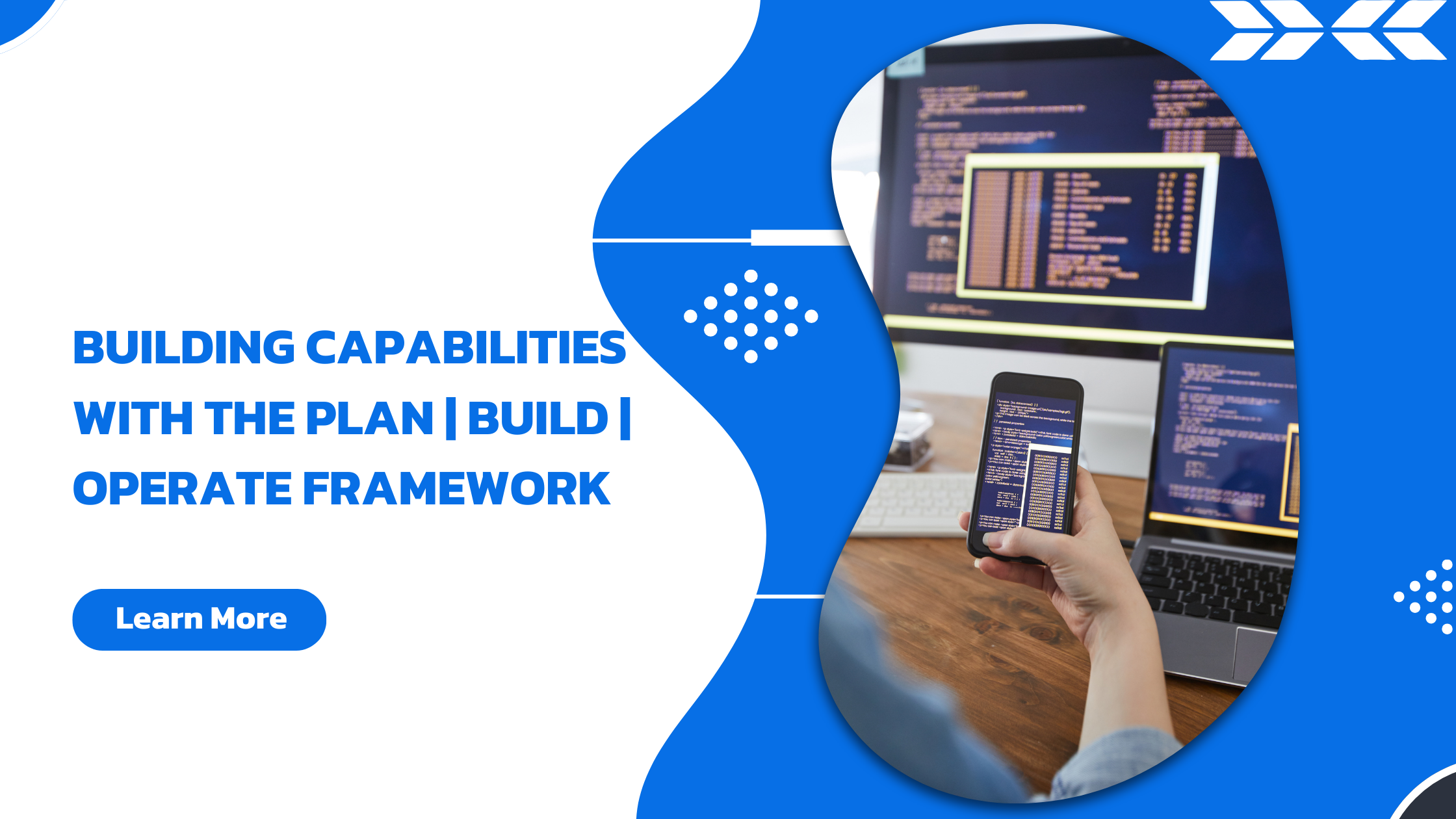
In today’s competitive market, creating products that users love is more important than ever. UX design principles play a crucial role in achieving this goal. By adhering to these principles, designers can craft experiences that are not only functional but also enjoyable and engaging. This blog will provide a comprehensive guide to understanding UX design principles and how to apply them effectively to create products that resonate with users.
What Are UX Design Principles?
UX design principles are fundamental guidelines that help designers create user-centered products. These principles are derived from research, best practices, and industry standards aimed at improving the overall user experience. They encompass a range of considerations, including usability, accessibility, and aesthetics, to ensure that products meet user needs and expectations.
The Significance of UX Design Principles
Incorporating UX design principles into the design process is essential for several reasons:
1. Enhanced User Satisfaction: Products designed with UX principles are more likely to meet user needs and preferences, leading to higher satisfaction and positive feedback.
2. Improved Usability: By following these principles, designers can create intuitive and user-friendly interfaces that facilitate easy navigation and interaction.
3. Increased Efficiency: Well-designed products streamline user interactions, making it easier for users to accomplish their tasks efficiently.
4. Greater Accessibility: UX principles help ensure that products are accessible to a diverse audience, including individuals with disabilities.
Core UX Design Principles
To craft products that users love, it’s essential to understand and apply the following UX design principles:
1. User-Centric Design
User-centric design is the cornerstone of UX design principles. It involves putting the user at the center of the design process by understanding their needs, goals, and pain points. This approach ensures that the final product effectively addresses user requirements and provides a satisfying experience.
Key Aspects:
– Conduct User Research: Gather insights through user interviews, surveys, and observations to understand user needs and behaviors.
– Create User Personas: Develop detailed profiles of different user segments to guide design decisions.
– Iterative Testing: Test prototypes with real users and use their feedback to refine the design.
2. Simplicity and Clarity
Simplicity and clarity are crucial aspects of UX design principles. A product should be designed to be straightforward and easy to use, minimizing complexity and avoiding unnecessary features. Clear design helps users understand how to interact with the product and accomplish their tasks efficiently.
Key Aspects:
– Use Simple Language: Avoid jargon and use clear, concise language that users can easily understand.
– Design Intuitive Navigation: Ensure that the navigation is logical and easy to follow, with clear labels and pathways.
– Prioritize Essential Features: Focus on core functionalities and eliminate unnecessary elements that could clutter the interface.
3. Consistency
Consistency is a key principle in UX design. Consistent design helps users build familiarity with the product and predict how different elements will behave. This reduces cognitive load and makes the user experience more seamless.
Key Aspects:
– Maintain Design Uniformity: Use consistent colors, typography, and iconography throughout the product.
– Follow Standard Patterns: Apply familiar design patterns and interactions to make the product easier to use.
– Ensure Consistent Layout: Keep the layout and positioning of elements consistent across different screens and features.
4. Feedback and Response
Providing timely and clear feedback is essential in UX design principles. Users should receive immediate responses to their actions, whether through visual cues, notifications, or other forms of communication. This feedback helps users understand the results of their interactions and reassures them that the system is functioning correctly.
Key Aspects:
– Visual Indicators: Use visual cues, such as button states and loading animations, to show the system’s response to user actions.
– Error Messages: Provide clear and helpful error messages to guide users in correcting mistakes.
– Success Notifications: Confirm completed actions with success messages to provide reassurance and feedback.
5. Accessibility
Accessibility is a fundamental principle of UX design. Ensuring that a product is accessible to individuals with various abilities, including those with disabilities, is crucial for creating an inclusive user experience.
Key Aspects:
– High-Contrast Colors: Use colors with sufficient contrast to make content readable for users with visual impairments.
– Keyboard Navigation: Design the product to be navigable using keyboard shortcuts for users who cannot use a mouse.
– Alternative Text: Provide alternative text for images and multimedia content to support screen readers.
6. Flexibility and Adaptability
Flexibility and adaptability are important UX design principles that allow users to customize their experience according to their needs and preferences. This principle ensures that the product can accommodate various user contexts and requirements.
Key Aspects:
– Personalization Options: Offer features that allow users to customize their experience, such as theme settings and layout adjustments.
– Responsive Design: Design the product to work across different devices and screen sizes, ensuring a consistent experience.
– Adjustable Settings: Provide options for users to modify settings and preferences based on their individual needs.
7. Error Prevention and Recovery
Preventing errors and providing effective recovery options are essential components of UX design principles. A well-designed product should minimize the likelihood of user errors and offer clear ways to recover from mistakes.
Key Aspects:
– Data Validation: Implement validation checks for forms and input fields to prevent errors before submission.
– Undo and Redo Options: Allow users to undo or redo actions to correct mistakes without losing their progress.
– Guidance for Error Correction: Offer helpful guidance and suggestions for fixing errors, making it easier for users to resolve issues.
Implementing UX Design Principles
Effectively applying UX design principles involves several key steps:
1. Research and Analysis: Start by conducting thorough research to understand user needs and behaviors. This includes user interviews, surveys, and analyzing existing data. Use this information to create user personas and inform design decisions.
2. Ideation and Concept Development: Generate and explore design ideas based on research findings. Create wireframes, mockups, and prototypes to visualize and test different concepts. Involve users in testing to gather feedback and refine your designs.
3. Design and Prototyping: Develop detailed design solutions that adhere to UX design principles. Create interactive prototypes to simulate user interactions and validate design choices. Continuously iterate based on user feedback and testing results.
4. Implementation and Testing: Collaborate with developers to translate the design into a functional product. Conduct usability testing to evaluate the product’s effectiveness and identify areas for improvement. Make necessary adjustments based on testing feedback.
5. Launch and Evaluation: After launching the product, monitor user interactions and gather feedback to assess its performance. Use analytics and user feedback to make ongoing improvements and address any emerging issues.
Navigating the UX Design Process
The UX design process is a structured approach to creating user-centered products. It typically includes the following stages:
1. Discovery: This phase involves understanding user needs, defining project goals, and conducting research. It sets the foundation for the entire design process.
2. Definition: Define user personas, map user journeys, and create a detailed project plan. This helps in setting clear objectives and aligning the design with user needs.
3. Design: Focus on creating design solutions, including wireframes, mockups, and prototypes. Iteratively design and test to refine the user experience.
4. Development: Translate the design into a functional product. Ensure collaboration between designers and developers to implement the design accurately.
5. Testing and Evaluation: Conduct thorough testing to evaluate the product’s usability and effectiveness. Gather feedback and make necessary adjustments.
6. Launch and Iteration: Launch the product and continue to monitor its performance. Use feedback and analytics to make ongoing improvements and enhance the user experience.
Transactional Aspects of UX Design Principles
Applying UX design principles also involves considering transactional aspects of product design:
– User Onboarding: Design an effective onboarding process that introduces users to the product’s features and functionality. This helps users get started quickly and reduces the learning curve.
– Customer Support: Provide accessible support resources, such as help centers, FAQs, and contact options. Effective customer support enhances the user experience and resolves issues promptly.
– Performance Optimization: Optimize the product’s performance to ensure fast loading times and smooth interactions. Performance issues can negatively impact user satisfaction and retention.
Conclusion
Understanding and applying UX design principles is crucial for creating products that users love and find valuable. Each principle, from user-centric design to error prevention and recovery, plays a vital role in enhancing the overall user experience. By following these principles, designers can create intuitive, engaging, and functional products that meet user needs and drive business success.
For businesses seeking expertise in UX design principles, Upcore Technologies offers invaluable support. As a leading product development company, Upcore Technologies excels in applying UX design trends and leveraging product development strategies to create outstanding user experiences. With their deep knowledge of digital transformation challenges and digital transformation trends, Upcore Technologies is well-positioned to help businesses navigate the complexities of the UX design process and achieve their product goals. Visit their website to explore how Upcore Technologies can assist you in crafting products that users truly love.








